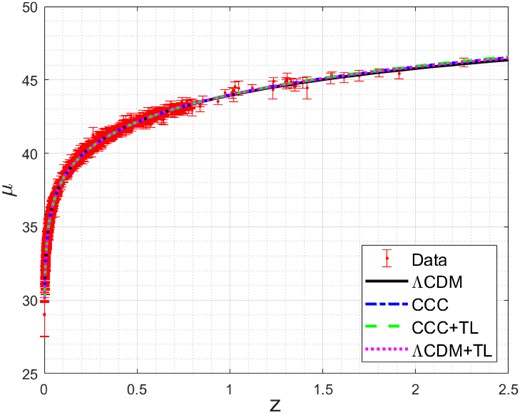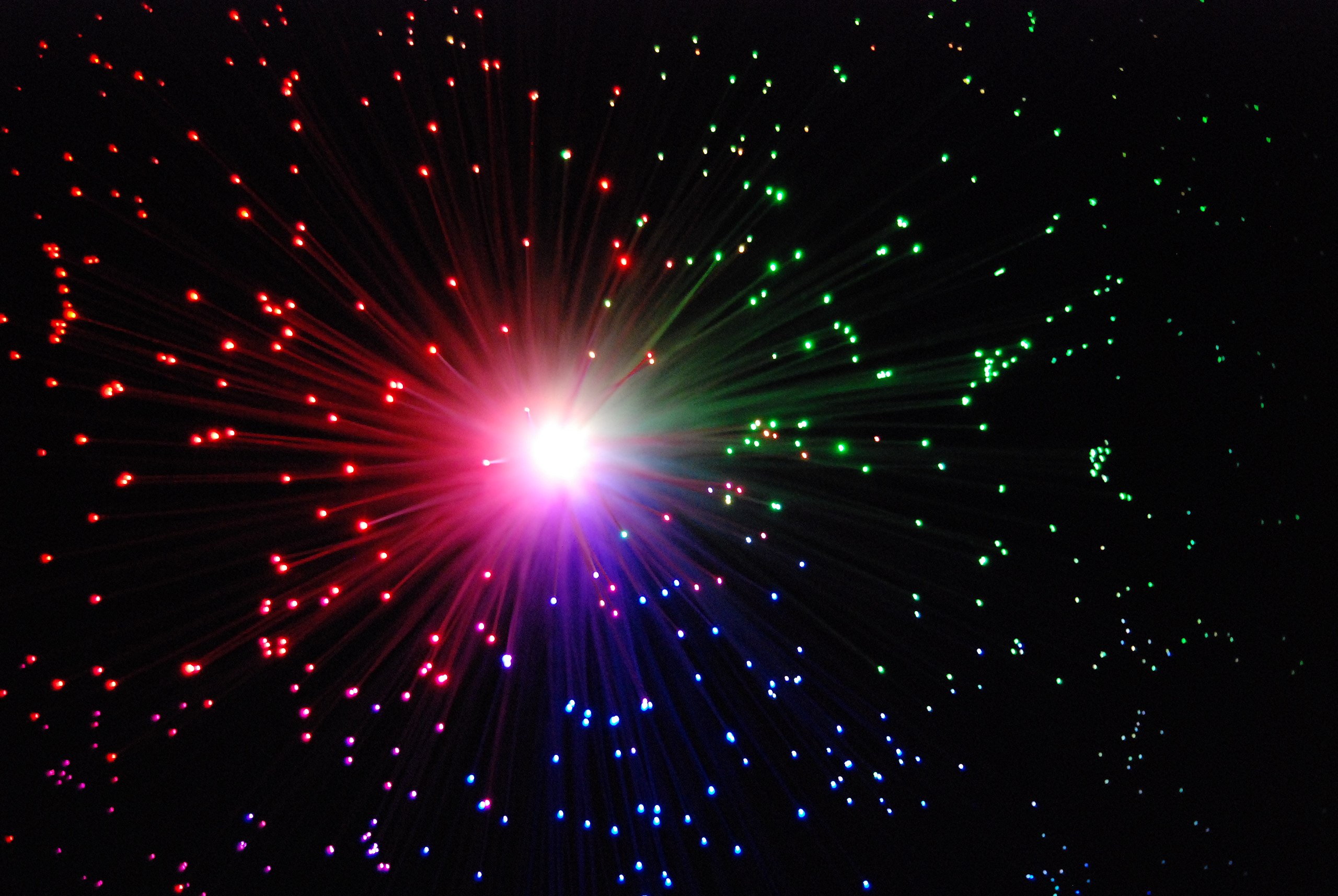SLD
Contributor

JWST early Universe observations and ΛCDM cosmology
ABSTRACT. Deep space observations of the JWST have revealed that the structure and masses of very early Universe galaxies at high redshifts ($z\sim15$), ex
So this model, and it is still controversial, basically argues that JWST observations of the early universe show too many galaxies already formed and operating 300 million years after the Big Bang. This contradicts galaxy formation models. There is also an issue with their angular sizes. But I wonder if that has to do with gravitational lensing.
The model postulates that light ones energy over vast distances and thus the universe is actually twice as old as previously thought. The author postulates that instead of dark matter and dark energy, the data can be shown to be the result of the weakening of the forces of nature over vast distances.
However the author does not discuss the galaxy rotation issue. So I’m not sure how that can be explained away.
Two other articles about the findings are here.

The Universe Could Be Twice As Old if Light is Tired and Physical Constants Change
A new paper argues that the universe is 26.7 billion years old. But the model only works by assuming tired light and changing physical constants.
 www.universetoday.com
www.universetoday.com
New research suggests that our universe has no dark matter
A new study challenges the current model of the universe by showing that, in fact, it has no room for dark matter.
www.sciencedaily.com
The author though admits that his model cannot account for the CMB and its anisotropic nature, or the supernova data, but hopes further refinements and data will fix that.
